This is why we should be eating high-welfare organic chicken
Leading the organic farming movement in the UK is Daylesford Farm, which carries out the whole process, from hatching to slaughtering, on site. Lizzie Rivera visits to find out if organic chicken is really all it’s cracked up to be
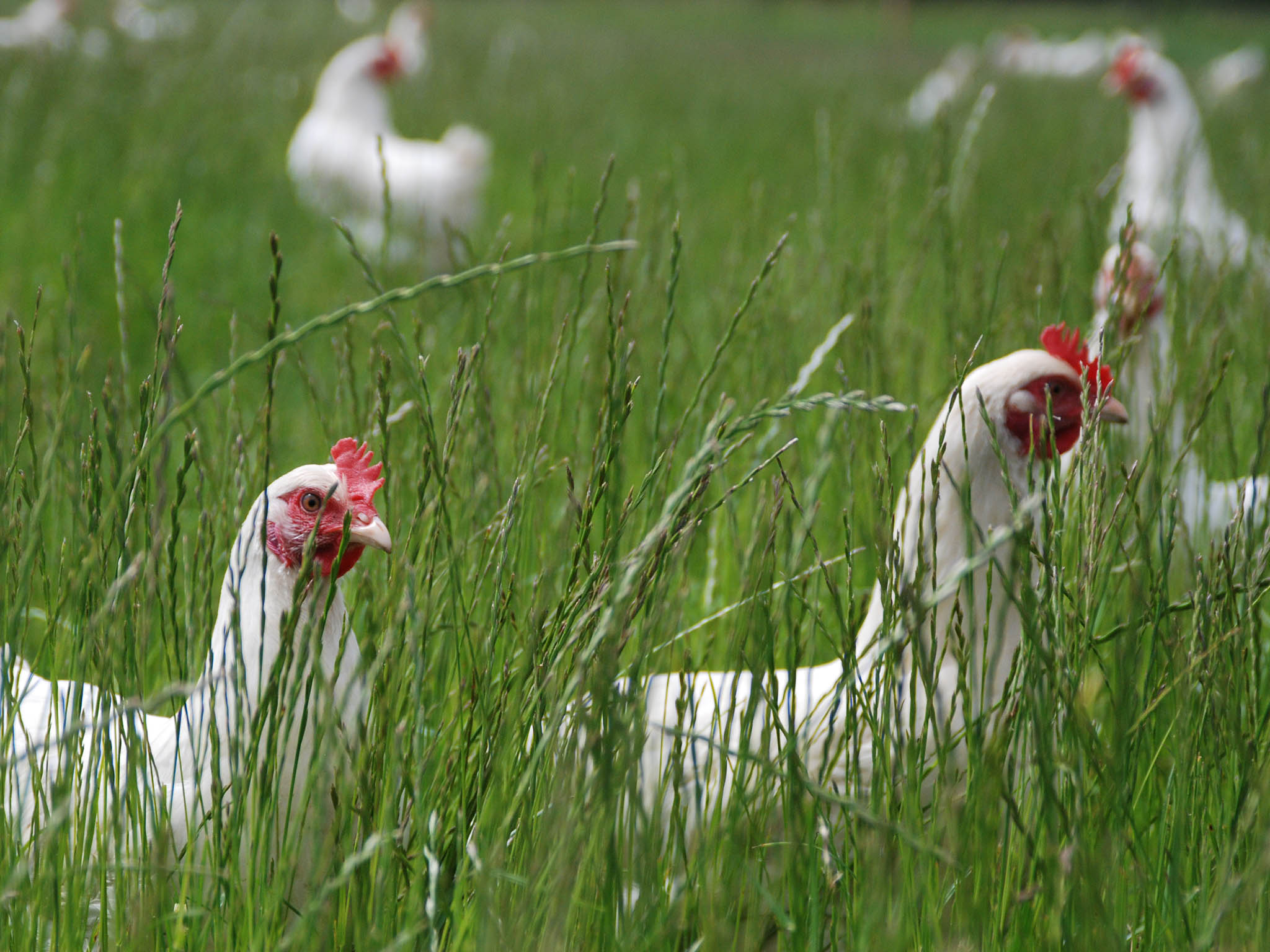
Is there really any difference with organic chicken and non-organic chicken?
When we are having to read between the lines of so many conflicting labels on supermarket shelves, besides headlines about farming, it can be difficult to know if organic chicken really is any different and, crucially, if it’s worth the extra price. As today marks the start of Organic September, it feels like a good time to address the issue. For the record, the short answer is yes.
The longer answer is there’s a huge gulf between intensively farmed and organic chickens; there’s less of a difference between organic chicken and genuinely free range chickens that are also reared to very high-welfare standards.
While the issue is not black and white, comparing the best and the worst farming practices is the clearest way to reveal why.
Chicken connoisseurs
How many times do you eat chicken a week? Probably at least once, based on the fact that chicken is by far the most popular meat now eaten in the UK, with a staggering 900 million chickens consumed each year.
Technically, we should be a nation of chicken connoisseurs by now; comparing and talking about chicken in a similar way we do wine or steak.
We should be seeking that perfect combination of a firm texture, with a deep flavour reflective of the environment the chicken has been reared in. A combination that tells you the chicken has grown at a natural pace and has been fed a nutritionally rich diet that will nourish you and whoever you’re feeding.
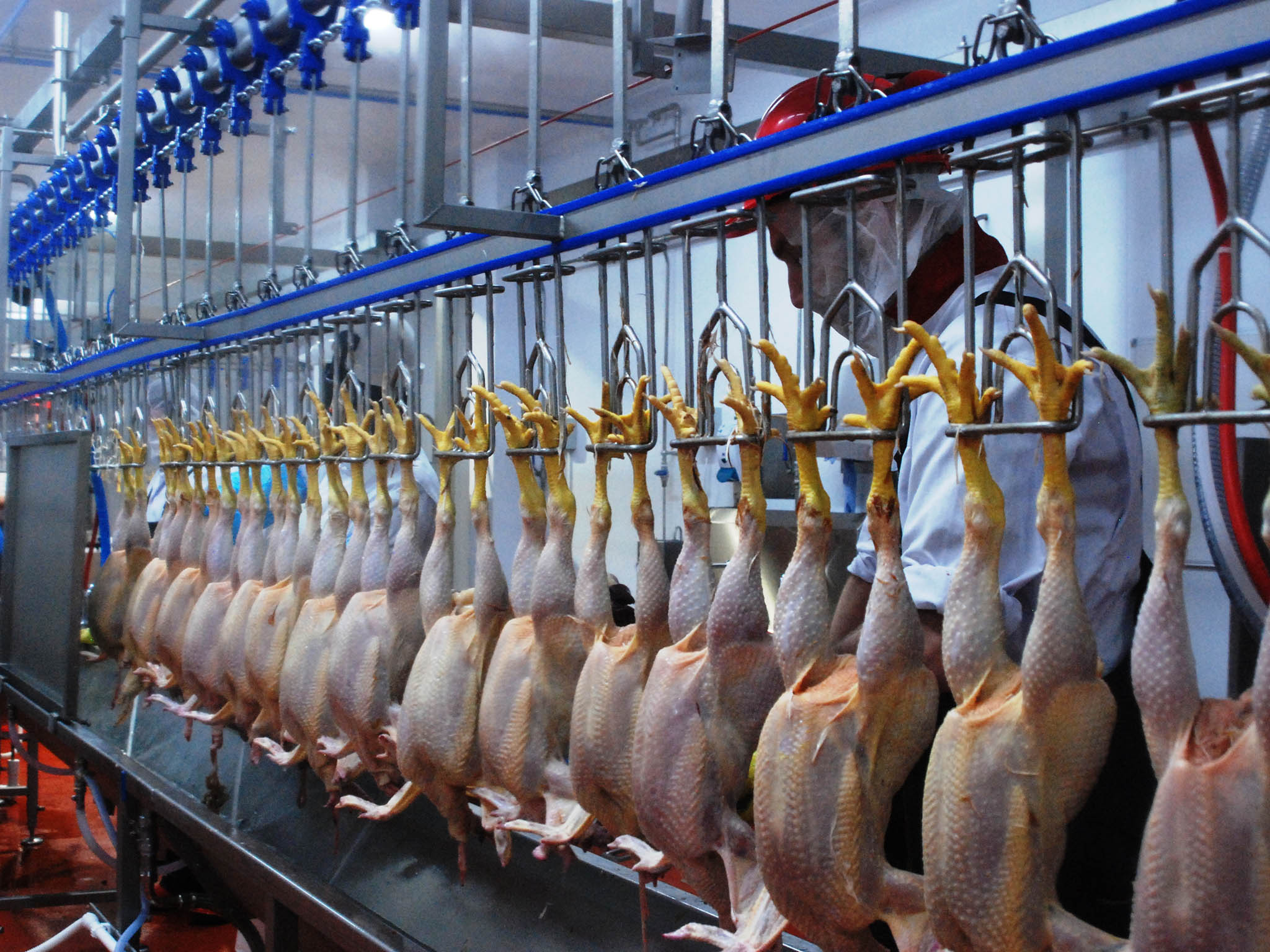
Yet, despite the huge quantities we consume – or perhaps partly because of it – our feelings towards poultry more closely resemble that of an indifferent partner than an appreciative lover.
We have let our standards slip and have come to accept sub-standard chicken as doing the job of filling a salad and filling a hole.
This has especially been the case since chicken, marketed as “high in protein and low in fat”, has become the go-to option for many diets and fitness regimes. This is despite the fact it is also pretty high in antibiotics, a fact that’s widely regarded as a cause of the worrying resistance to the drugs in humans.
The most commonly consumed chicken in the UK is now the Ross variety, and yet most people have never even heard of it.
The Ross has been genetically bred to grow at a speed so unnatural it is the equivalent to a newborn baby weighing 28 stone by its third birthday, reports the RSPCA. This chicken is typically reared indoors and slaughtered at just 35 days old, by which time it can barely walk.
Organic farmers commonly opt for the Hubbard bird, which grows at a much more natural pace and has stronger legs, so it can roam free for its whole life. These birds can live for more than double the amount of time, which means there is more texture and depth of flavour to the meat.
They are more expensive to purchase because they cost more to produce – feed accounts for about 70 per cent of the cost to rear a chicken and these birds are eating for double the amount of time. Plus, the older they get the more they consume.
This is why we can buy a whole factory-farmed chicken from around £2 per kilogram, while an organic chicken costs about four times that.
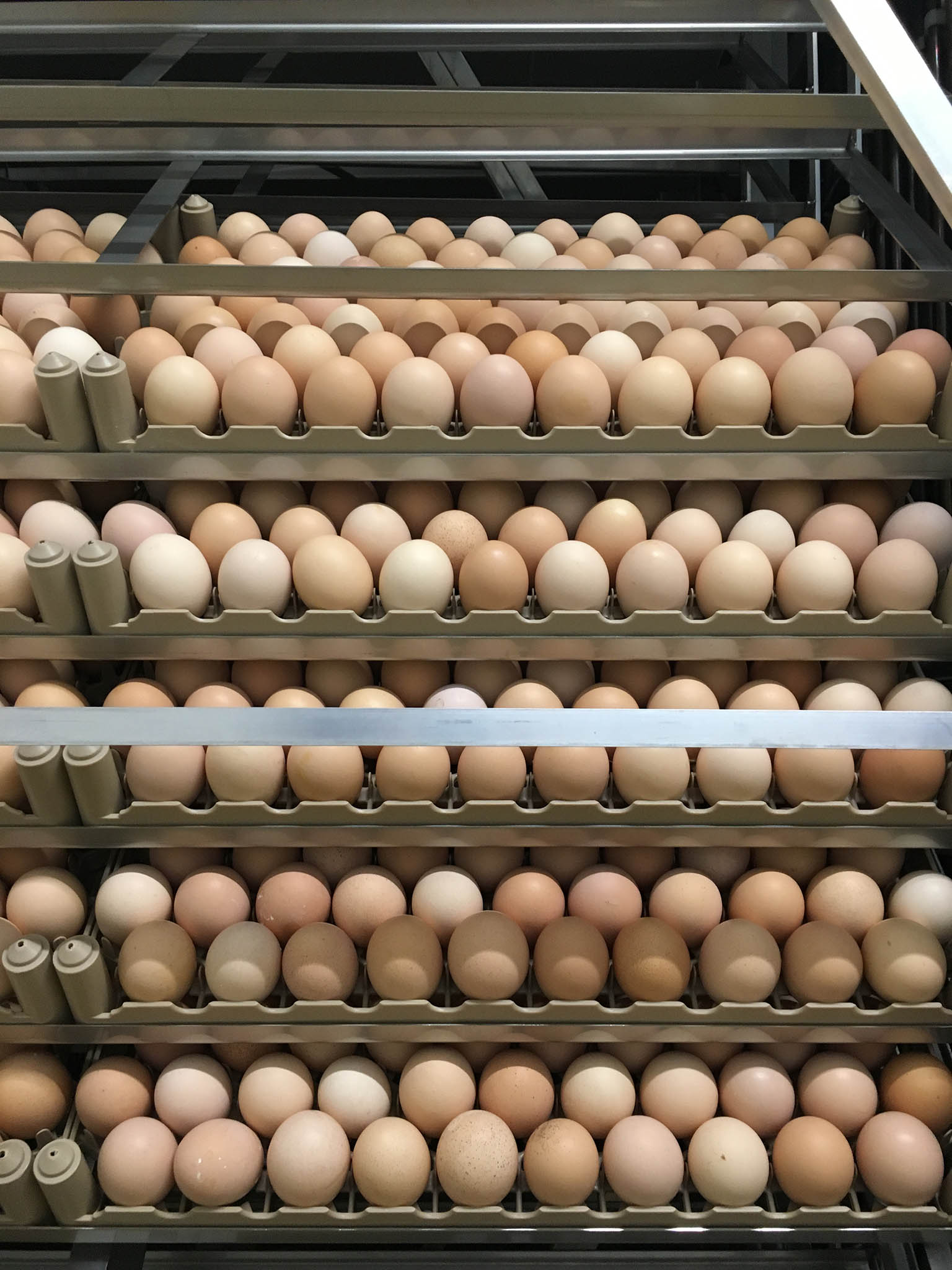
“I would implore people to eat less meat and buy better,” says Daylesford’s senior farm manager Richard Smith. “Yes, there’s a price difference, but everybody wins – the animal, the farmer, the customer and the environment.”
The best vs the worst: Daylesford, the chicken and the egg
Daylesford is a leader in the organic farm movement in the UK and, uniquely, it now owns the whole story of its chickens – hatching its own eggs, rearing and slaughtering the mature birds.
“We have total control over the whole production, it takes a lot of managing and care but the satisfaction is immense – it’s a wonderful process to be involved with,” says Smith.
Truly free-ranges places to buy:
Fosse Meadows This farm in Leicester makes a point of growing its birds to 81 days for an extra mature flavour. Sold through Farmdrop; farmdrop.com
Sutton Hoo Suffolk’s finest, there are no artificial lights in these chicken houses, which are mobile so new batches of chickens can always forage on fresh grass. Use Sutton Hoo’s postcode checker for a butchers near you; suttonhoochicken.co.u
Pipers Farm You can read all about how these “properly” free range chickens are reared and slaughtered on the website. That’s the level of transparency we should have for all meat. Delivered to your door; pipersfarm.com
The story of its chicken starts with a new, state-of-the-art hatchery, which cost more than half a million pounds to install two years ago and has been operational for the last 18 months.
Smith and his team have built up a parent flock of organic, free ranging birds to lay fertilised eggs, which are collected every day and transported to the hatchery where they are sterilised and then rotated for 21 days in a toasty incubator set to 37.5C to imitate the process of a broody hen.
Once hatched, the chicks are taken to cosy brooding barns. A few weeks later, when they are big enough, they spend their days in as idyllic a way as you would imagine any farm animal – grazing the green grass, having dust baths, foraging for clover and insects, seeking shelter under a tree.
At night they are locked up and protected from foxes and other predators in their houses. There is a maximum of 625 per house, and as soon as day breaks the doors are opened for them to curiously explore once again.
But in an intensive system there are commonly 18,000-50,000 chickens per house and that number is growing. The chicks are typically owned and delivered ready-formed by the producer who also provides strict instructions on how they should be reared for maximum growth and collects them again for slaughter. So, the farmers in these systems have little control over how they are actually farming.
These include insisting they stay indoors, have a high amount of protein in their feed, and are kept in long hours of artificial light so they stay awake eating longer and grow fatter, quicker. They are often so tightly packed they have the equivalent of an A4 piece of paper to live on (and more space in the oven than they do the shed).
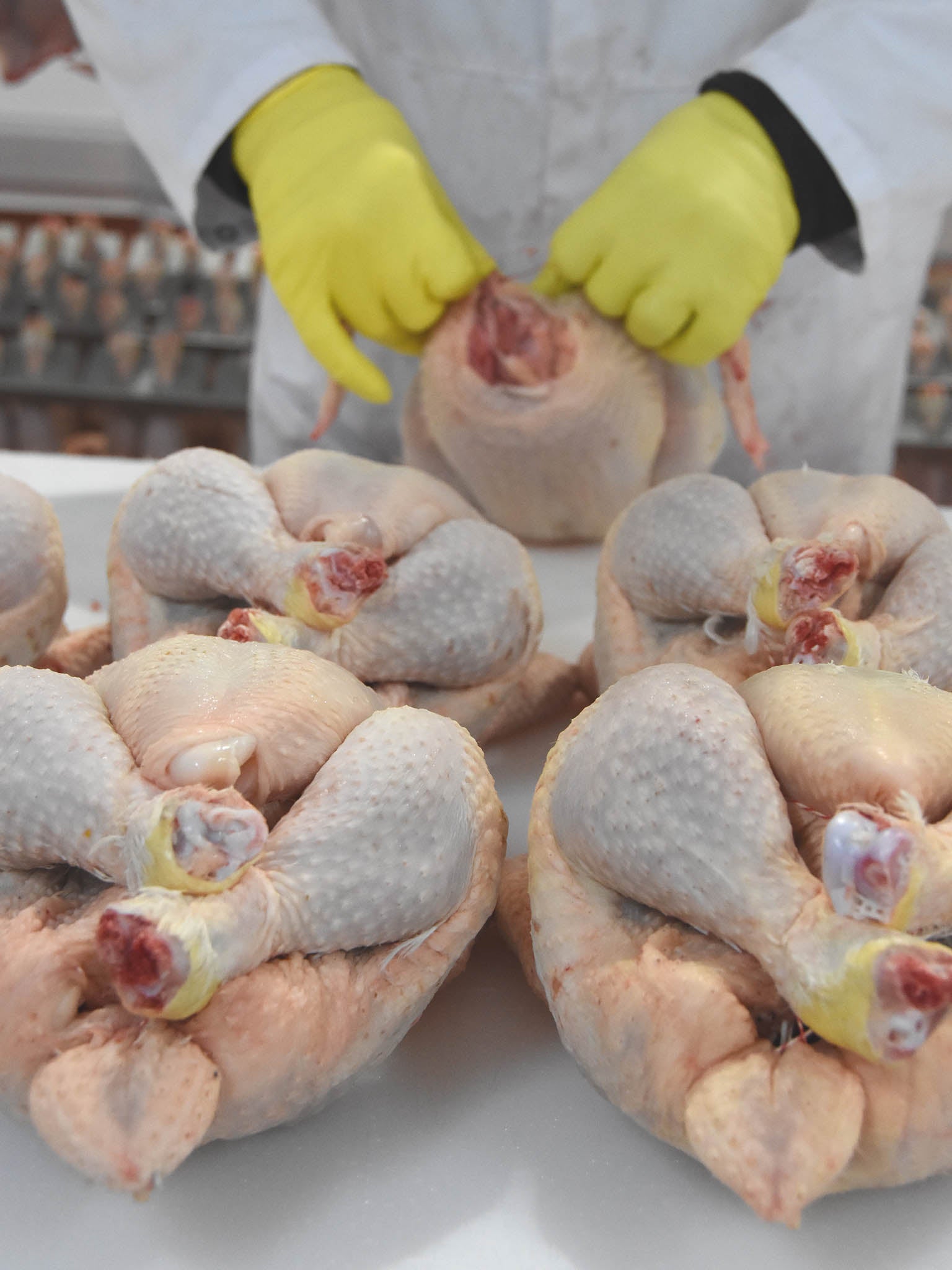
Farm manager at Daylesford’s Wotton site, John Reid, who used to work in a more intensive system, says: “My life used to be easier and I could blame the producer who provided the chicks if anything went wrong. Now I’m responsible for everything.” But clearly, he wouldn’t have it any other way.
Slaughter isn’t the nicest part of any story to tell, but it’s an important part. At Daylesford, the slaughter and butchery of its chickens is done on its new onsite abattoir, which was built last September at a cost of about £1.8m.
The difference between the welfare at Daylesford’s operation, which has the maximum capacity of 10,000 chickens per week, compared with a huge processor that kills up to 10,000 an hour, is pretty significant.
The operators are multiskilled and work as a team; the most significant aspect is the care taken with each individual bird.
“They have respect for the animals,” says Smith. “If they spot anything wrong with any of the animals that pass through, they instantly complain to me. They see huge importance in raising the issue.”
A recent report by the Sustainable Food Trust highlights how small, local abattoirs are “at a critical point and in danger of collapse”. There are now only 63 left in England, down from 1,700 in the 1970s.
The report states: “The main problem is the dominance of supermarkets, and mergers and acquisitions in the meat industry which allow large abattoirs to prosper at the expense of smaller ones.”
The 2 Sisters slaughterhouse in Wales is one of the largest in the UK and the main abattoir supplying Tesco; it’s open 24 hours a day. Economically, smaller abattoirs just can’t compete, but they are critical for local farming communities and animal welfare.
For animals, transportation to the abattoir can be the most stressful part of the process – and this journey is now regularly hundreds of miles as opposed to just down the road.
When large numbers are the name of the game, there are also horror stories of chickens being grabbed three at a time and carelessly pushed into crates where their legs, wings or heads can get crushed. Compassion in World Farming reports that around 160 million UK chickens are being slaughtered without being properly stunned first each year, causing extreme pain, distress and suffering.
Is organic better?
Welfare issues aside, to be classed as organic in the UK, chickens have to be grown to at least 70 days to ensure they are growing at a pace more in line with how nature intended.
This means the chickens are actually healthier to eat, containing less saturated fat but higher omega-3 fatty acids, which are good for your heart.
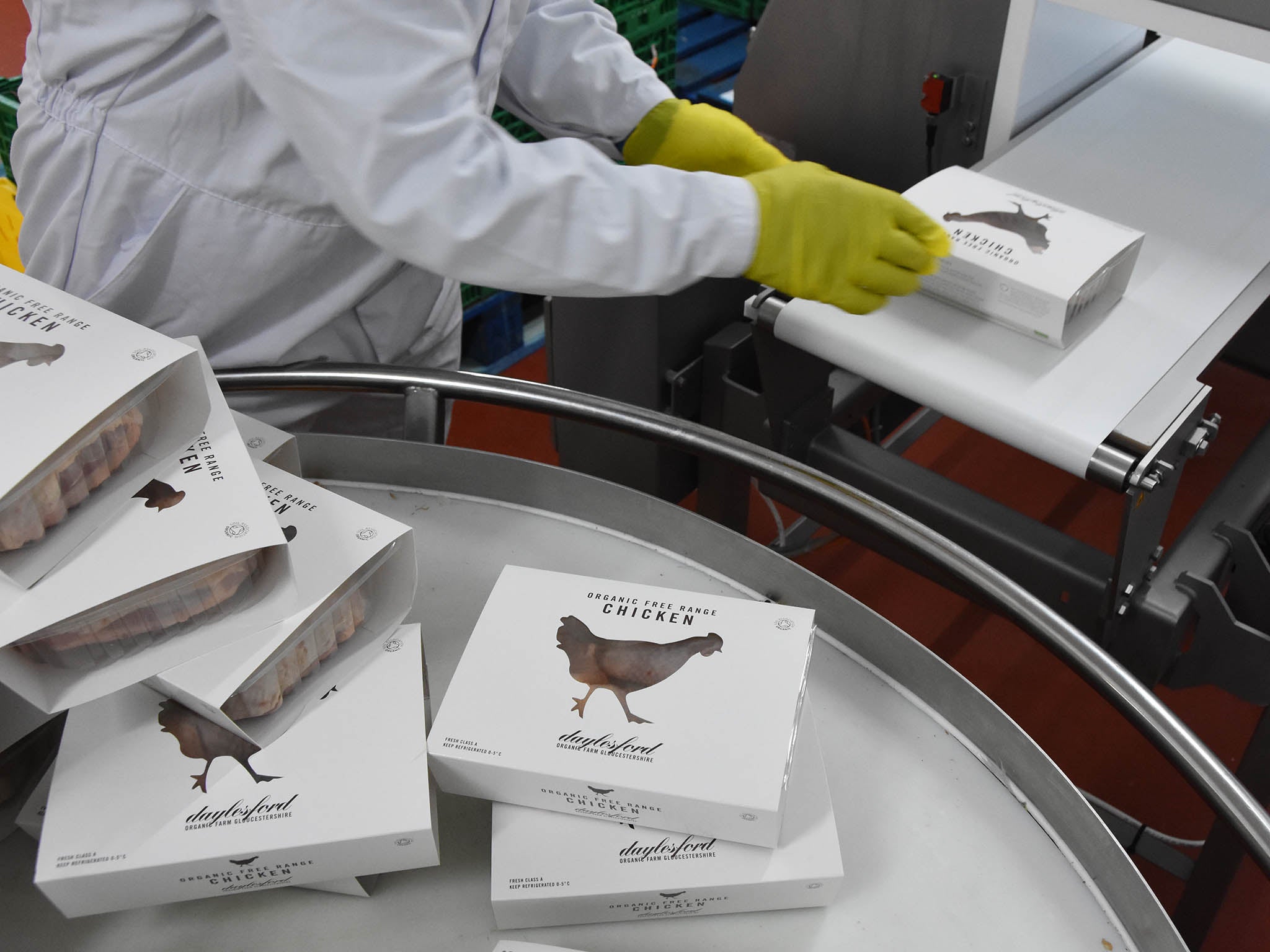
Organic certifying body The Soil Association also reports that farm animals account for almost two-thirds of all antibiotics used in the EU and these are passed down to us through the food chain.
Organic birds are only given antibiotics if absolutely necessary, rather than routinely, as they are in lower welfare systems to prevent the spread of disease.
So, when it comes to buying the best chicken I would argue that organic chicken is undoubtedly better for our health, their welfare and from a quality of eating point of view. Food is one of life’s greatest pleasures, after all.
But, I would also always ask a butcher or a chef three questions before consuming a chicken: What bird is it? How old was it when it was killed? How many birds are there per house?
The answers you are looking for are Hubbard, 70 days and hundreds – not thousands – per house. Organic typically meets these standards; but the best free-range will, too.
What the standards really mean:
Organic
Inside space: 10 birds per square metre (sq m)
Outside space: one bird per 4sq m
Birds are given good natural light and the most space to roam around indoors, and are encouraged from an early age to roam free range. Slower growing breeds are used, which means birds develop at a natural rate. They eat organic food and individual birds are only given antibiotics if absolutely necessary.
Soil Association is generally considered the highest welfare organic certification.
Free range
Inside space: 10 birds per sq m
Outside space: one bird per sq m
Birds are given natural light and more space to roam around, and are also encouraged to roam free range.
RSPCA assured
Inside space: 15 birds per sqm
Outside space: not always required
Chickens can be free range (as above) or indoor bred, and this will be clearly labelled. The indoor-bred chickens have significantly better lives than intensively reared chickens – with natural light and natural enrichment (perches, objects to peck at such as straw bales and vegetables).
Red tractor
Inside space: 19 birds per sqm
Outside space: not required
This is the most common food safety standard required by most retailers. Their animal welfare standards are in line with the minimum required by law, which are widely considered to be insufficient. This means chickens are too tightly packed into barns, don’t have to be given natural light, and can be bred to grow unnaturally fast.
Kosher and halal
When it comes to chicken welfare, these are mainly concerned with the slaughter method. Kosher forbids the use of stunning. Halal requires the animal to be alive at point of death, but it is often stunned first.
British/corn fed/fresh
Meaningless terms in relation to animal welfare.
Lizzie Rivera is the founder of lifestyle website BICBIM (bicbim.co.uk), which focuses on food ethics and sustainability
Join our commenting forum
Join thought-provoking conversations, follow other Independent readers and see their replies
Comments
Bookmark popover
Removed from bookmarks